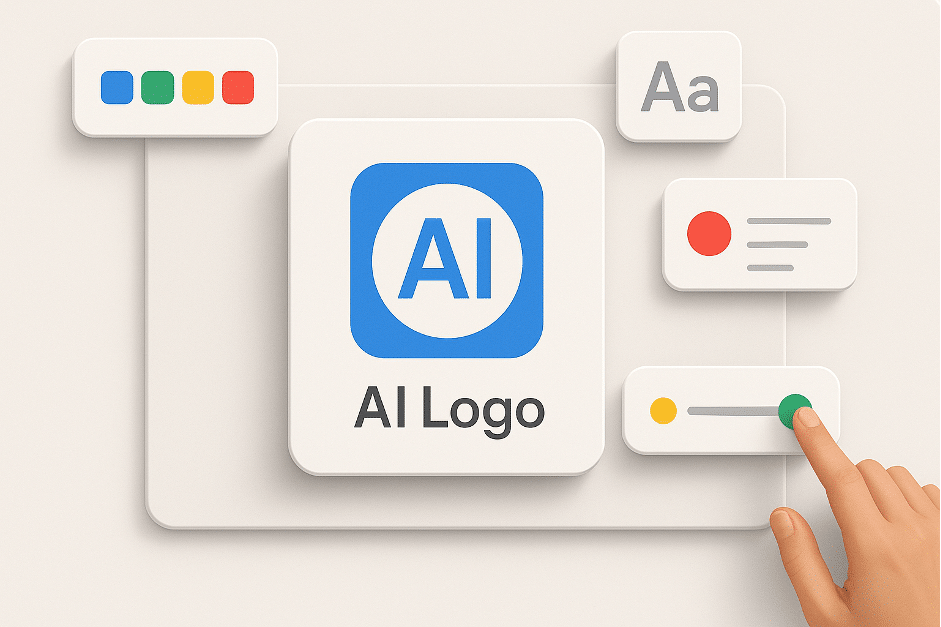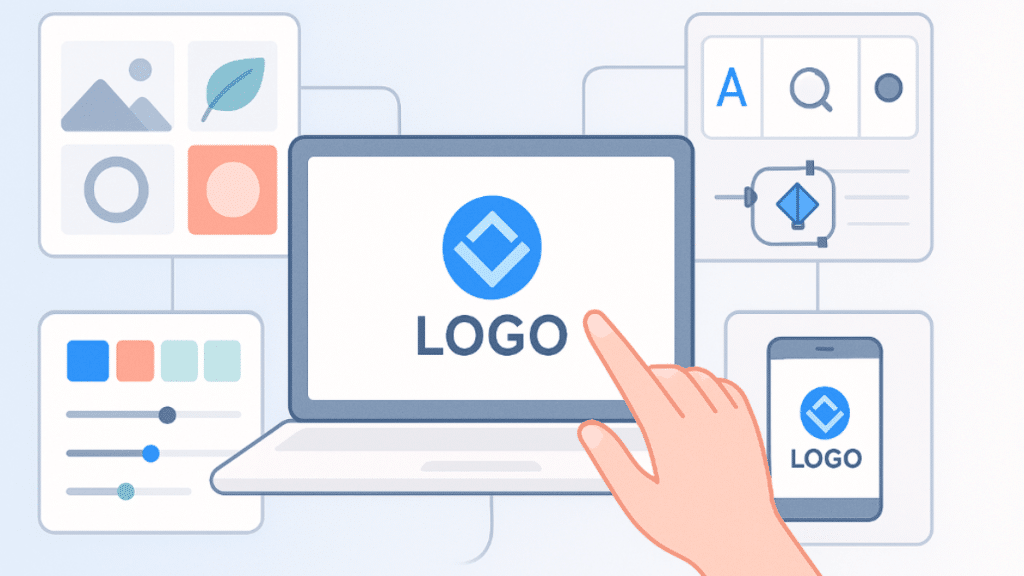In today’s competitive market, packaging is more than just a protective casing for your product—it’s an extension of your brand identity. It’s the first physical interaction that customers have with your product and, in many cases, the lasting impression they’ll remember. Effective packaging can communicate your brand story, values, and personality. It has the power to create a memorable experience, encourage loyalty, and even drive sales.
But how can you transform a box or a bag into an effective brand storyteller? Let’s explore the power of packaging as part of your brand identity and how to use it strategically to communicate your story.
The Power of Packaging: Beyond Protection
Packaging serves a practical purpose—it keeps your product safe during transit, protects it from damage, and ensures it arrives to your customer intact. But, packaging can and should go beyond these utilitarian aspects. The way a product is packaged can influence consumer perception, create excitement, and even shape the narrative of the brand itself.
Why Packaging Matters for Your Brand Identity
Brand identity is built on various elements, from your company logo to the tone of voice in your marketing materials. Tools like AI logo generators make it easier to create cohesive visual assets that align with your brand strategy. Packaging is one of the most tangible and powerful parts of that identity, and it offers several key benefits:
- First Impressions: Packaging is the first thing a customer sees when receiving a product. A well-designed package immediately communicates professionalism, quality, and the values of your brand.
- Storytelling: Packaging can tell the story of your brand. Through design choices, colors, typography, and materials, your packaging can reflect your brand’s personality and values.
- Differentiation: Unique, eye-catching packaging can differentiate your product in a crowded marketplace. It gives you an opportunity to stand out on the shelf or in an online unboxing experience.
- Emotional Connection: Packaging can evoke emotions. Whether it’s nostalgia, excitement, or curiosity, great packaging can create a connection with your customers.
- Sustainability: In today’s environmentally conscious world, eco-friendly packaging can help position your brand as responsible and forward-thinking.
Turning Packaging into a Brand Storyteller

Now that we understand why packaging matters, let’s look at how to turn it into a brand storyteller. Here are the key elements to consider when using packaging as an extension of your brand identity.
1. Design with Purpose
Your packaging design should align with the overall aesthetics and message of your brand. Every design decision—whether it’s the colors, typography, or imagery—should reflect your brand’s personality.
For instance, Apple has mastered minimalist design. Its clean, white packaging reflects the brand’s focus on simplicity, sophistication, and premium quality. Apple’s packaging is so iconic that it’s become an experience—users often share “unboxing” videos that showcase the brand’s attention to detail and precision.
On the other hand, a brand like Ben & Jerry’s uses vibrant colors and playful illustrations to communicate its fun, quirky, and socially responsible identity. The bold design mirrors the company’s mission to bring joy and make the world a better place.
Key Design Considerations:
- Colors: Use colors that resonate with your target audience and align with your brand message.
- Typography: Select fonts that communicate the tone of your brand—whether it’s formal, casual, or fun.
- Imagery: Make sure the images you use are consistent with your brand story. Are you focusing on luxury, adventure, simplicity, or fun?
- Logo: Your logo should be prominent but not overpowering. It should be easy to recognize and align with the overall design.
2. Use Materials That Reflect Your Values
The materials you choose for your packaging can communicate a lot about your brand. For example, sustainable or recyclable materials can position your brand as environmentally conscious, while premium packaging materials—like velvet or matte finishes—can give your product a luxury feel.
Consider Patagonia, a company known for its commitment to the environment. Patagonia’s packaging is made from 100% recycled materials, reinforcing its dedication to sustainability. The choice of materials itself is a statement about the brand’s values.
Material Choices to Consider:
- Eco-friendly materials: Recycled paper, biodegradable plastics, or reusable packaging can enhance your brand’s sustainability credentials.
- Premium materials: Materials like foil, embossed designs, or custom finishes can elevate your product and emphasize luxury.
- Innovative packaging: Try new packaging formats or materials that will surprise and delight customers, making your product stand out.
3. Incorporate Your Brand’s Story into the Unboxing Experience
The unboxing experience is one of the most impactful ways to connect with your customers. When customers receive your product, the way it’s packaged becomes part of their experience with your brand. Take this opportunity to make a lasting impression.
For instance, Glossier, a beauty brand, has mastered the unboxing experience. Each package feels personal—featuring handwritten-style notes, carefully packed products, and a focus on simplicity. This elevates the customer experience, reinforcing Glossier’s brand values of personal connection and minimalism.
By designing an unboxing experience that’s in line with your brand story, you create an emotional connection and increase the likelihood of customers sharing their experience on social media.
4. Consistency Across Channels
Your brand’s packaging should be consistent with your online presence, marketing materials, and overall messaging. Whether your product is sold online or in retail stores, the packaging should align with the rest of your brand’s identity.
Consider Coca-Cola. The iconic red and white logo, along with the unique contour bottle, is instantly recognizable anywhere. Whether it’s a billboard ad or a bottle on a store shelf, Coca-Cola’s packaging reinforces the same feeling of refreshment, happiness, and community.
5. Customization for Target Audience
Personalization can also be a powerful way to turn packaging into a brand storyteller. For example, Nike’s custom shoes are not just a product—they are a personalized experience. Their packaging mirrors the customization, with personalized boxes that highlight the buyer’s unique design.
If your product offers customization options, incorporate them into the packaging. A personalized note, custom stickers, or a tailored box can make your customers feel valued and help them connect more deeply with your brand.
Expert Commentary
Mikhail Khomutetsky, an expert at TurboLogo, shares:
“In today’s digital world, many businesses focus solely on online branding and neglect the importance of physical packaging. However, the physical interaction with packaging plays a crucial role in how consumers perceive your brand. Whether it’s a carefully designed box or a simple paper sleeve, your packaging should tell a story that resonates with your customers and communicates your brand values in every detail.”
Conclusion
Packaging is more than just a container for your product—it’s a powerful tool for building brand identity and connecting with customers. From thoughtful design choices to sustainable materials and a memorable unboxing experience, every aspect of your packaging can help tell your brand’s story. By aligning your packaging with your brand values, you create a cohesive and emotionally resonant experience that keeps customers coming back.
When you turn your packaging into a storyteller, you create a lasting impression that goes far beyond the product itself.
